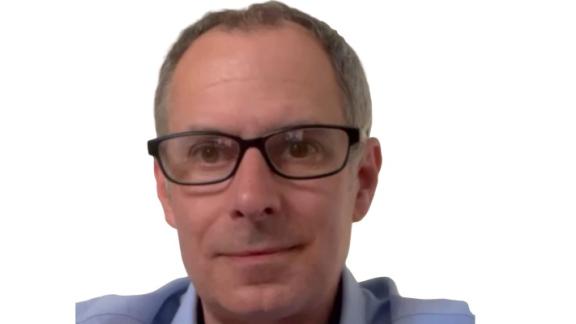GPs can embrace technology to meet true patient demand

Knowing true scale of demand is essential for primary care providers to provide the right number of clinicians.
Some are saying that e-consultations are creating "overwhelming demand" for GP services. Can it be said to really "create" demand? Or does it simply reveal the demand that was there all along, masked by how people usually access GP services? Knowing true demand is essential for a practice or primary care network (PCN) to provide the right number of clinicians.
General practice in England comes equipped with electronic medical records systems and third-party analytical tools. We are perhaps better equipped than any other health service in the world to be able to predict and plan for patient demand.
Much patient demand is predictable. We can access historical data spanning potentially decades. We have widely available public health data. We should know our patients’ health needs.
Overwhelming demand claims require scrutiny
So claims that overwhelming demand is the result of e-consultations being forced upon GP practices require scrutiny. Perhaps they highlight a more fundamental underlying issue: prevalent models of patient access mask true patient demand.
Telephone-based access models are limited either by the number of phone lines or the number of people available to answer those calls. This does not provide a true picture of local demand. Online tools open access to reveal a truer picture of patient demand. Will raging at patients create a wave of sympathy or change patient behaviours? This is unlikely. Better to manage than mask true patient demand.
Working with patients and technology can provide the answer
Patient education lies at the heart of managing demand. We have all become accustomed to online banking and using the self-checkout at the supermarket. The tills are still there. Traditional methods are still accessible. So why have banks and supermarkets succeeded with a blended approach to access where general practice has not?
Technology can help point patients towards the right point of care, spreading the workload across the whole practice team
We have to invest time and resources to show patients that they can get the outcomes they need more quickly and easily by using new models of digital access. Technology can help point patients towards the right point of care, spreading the workload across the whole practice team.
We changed to a model encompassing digital access six months ago with our PrioryCare system. Patient satisfaction has risen to 87 per cent and above from approximately 24 per cent a year before. Patient access that was 99 per cent telephone driven is now just 30 per cent.
The ‘always on’ aspect so heavily criticised of late is not the issue. The system may be available 24/7, but our patients know they will receive contact from the practice appropriate to their need within our opening hours. Patients are more willing to engage with new technology when it is easy to use, and they know will get the response they need. It is a massive leap from spending hours, if not days, ringing a practice only to be told "call back tomorrow".
A bright but challenging future awaits
The stars are aligning for new, streamlined, efficient and effective services. The PCN Additional Roles Reimbursement Scheme budget offers a cost-effective route to providing extra services through general practice to help meet demand. However, there is also pressure on GPs, as they look to cope with the demand that was held back during the pandemic.
The underinvestment in general practice does not help. Neither does decades of underinvestment in operational management and leadership training. With the increasing scale of PCNs, the challenge is ever greater. The consequences add to the burden on general practice.
It is little wonder that there is now a backlash. The misplaced blame is being heaped on online consultations. Most managers will say that making the leap to a multi-channel access model is not a quick and easy process, despite what some software providers may have you believe. To do it properly takes a great deal of time and effort.
We must know, and respond, to the true demand for healthcare
There are, however, solutions to all these challenges. They do need time, headspace, strong leadership and a positive and realistic outlook.
You must know your true demand. Technology can help. Once demand is established, build your team using the resources available. The knowledge and insight gained using digital tools supplement and enhance your understanding of your patients’ current and future needs.
Just like the supermarket analogy, all patients need to be considered. Access should be shaped around the known needs of your patients. It's not easy, but we have proved it is possible. And only if you are willing to face up to making the unknown known.
Martin Eades is managing partner of Priory Medical Group in York, a provider of NHS and private clinical services.



